Oct 28, 2025 10:47 AM
In Memoriam: Jack DeJohnette, 1942–2025
Jack DeJohnette, a bold and resourceful drummer and NEA Jazz Master who forged a unique vocabulary on the kit over his…
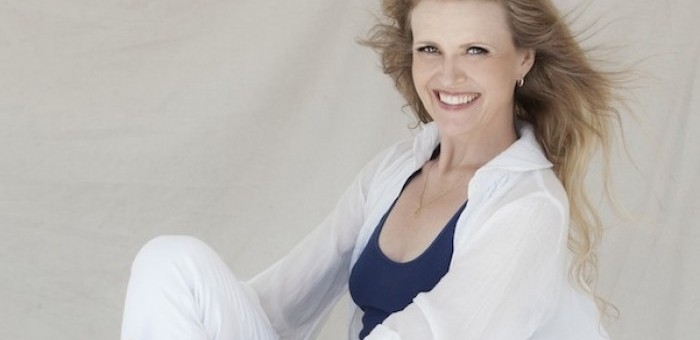
Singer Tierney Sutton has a new album, The Sting Variations, and she helped score Clint Eastwood’s film Sully, which arrives in theaters Sept. 9.
(Photo: Tatijana Shoan)Were those songs from your previous albums?
Yes, little bits of little things. And afterwards, the whole room basically looked at us as if to say, “So?” And within 48 hours of that meeting it became clear that, yes, Clint Eastwood wants us to do the score. Christian wrote two themes, we adapted one of Clint’s themes, and over the course of two days the band and I recorded a soundtrack for the film in real time.
Did Clint Eastwood’s composition mesh well with your overall aesthetic? Was it easy for you to slip into?
Oh yeah, definitely. Clint is very good to work with, and for us it was this very natural fit, because he would make a suggestion like “Why don’t you try that with just bass? Or try it with just Tierney and have the bass come in at this point.” [When he made] suggestions, we understood exactly what wanted most of the time. It was not hard for us because [the band] had been already collaborating like this for 20 years.
Miles Davis famously composed the score for Elevator To the Gallows by improvising to film footage in real time. How much of your score for Sully was improvised?
There were a few improvised moments, but usually we had some core idea. So there might be improvisation leading to a theme, you know? Or improvisation between two specific chords. Other times we’d just be filling in colors. So we could be improvisational, but a lot of it was set, in a certain sense.
When you think about it, a soundtrack is really an interpretation of a visual and narrative piece of art. Did you find that to be the case?
I think you hit the nail on the head.
So what element of the film do you hope to convey most vividly?
The most important thing is mood. The next most important thing: not drawing attention away from the story. Our job is merely to enhance the story. There were times in the dub stage where we would try a cue, a little thematic cue at the end of one scene, and Clint would say, “You know, it’s beautiful, but it’s too beautiful. It’s too beautiful and it draws attention away from what’s happening.” And I understood that. I think we all did. We’re in a supportive role, and I really love that.
It sounds like there’s a fine line between underscoring and overshadowing. Does that relate to your interpretation of other singers’ work?
Well, if a song is super emotional, or if it has a lot of dynamic shifts or an interesting structure, all you want to do is convey how incredible that melody is, and how wonderful the lyrics are. If you’re singing really great music, you want to get out of the way, and that’s definitely the same thing with a film score.
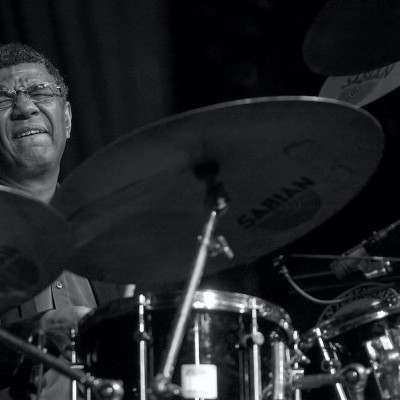
Jack DeJohnette boasted a musical resume that was as long as it was fearsome.
Oct 28, 2025 10:47 AM
Jack DeJohnette, a bold and resourceful drummer and NEA Jazz Master who forged a unique vocabulary on the kit over his…
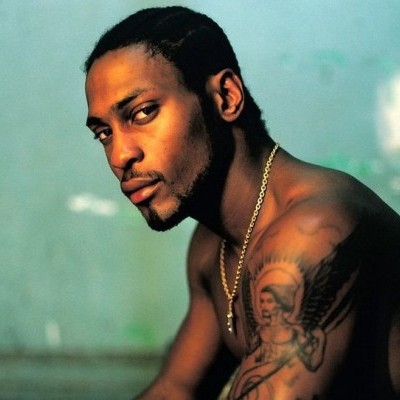
D’Angelo achieved commercial and critical success experimenting with a fusion of jazz, funk, soul, R&B and hip-hop.
Oct 14, 2025 1:47 PM
D’Angelo, a Grammy-winning R&B and neo-soul singer, guitarist and pianist who exerted a profound influence on 21st…

Kandace Springs channeled Shirley Horn’s deliberate phrasing and sublime self-accompaniment during her set at this year’s Pittsburgh International Jazz Festival.
Sep 30, 2025 12:28 PM
Janis Burley, the Pittsburgh International Jazz Festival’s founder and artistic director, did not, as might be…
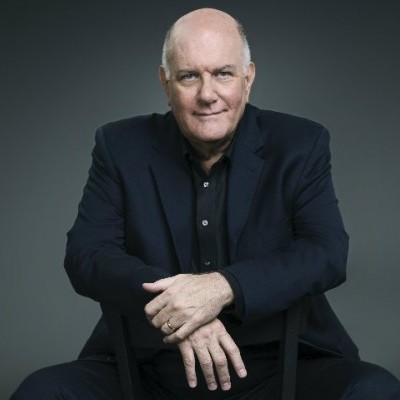
Jim McNeely’s singular body of work had a profound and lasting influence on many of today’s top jazz composers in the U.S. and in Europe.
Oct 7, 2025 3:40 PM
Pianist Jim McNeely, one of the most distinguished large ensemble jazz composers of his generation, died Sept. 26 at…
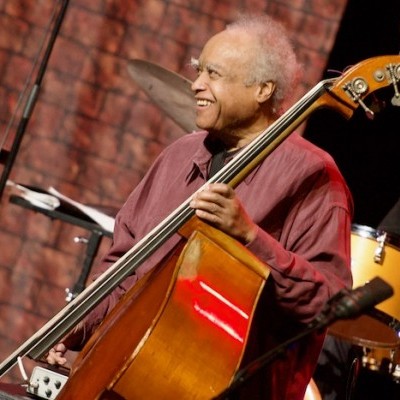
Drummond was cherished by generations of mainstream jazz listeners and bandleaders for his authoritative tonal presence, a defining quality of his style most apparent when he played his instrument unamplified.
Nov 4, 2025 11:39 AM
Ray Drummond, a first-call bassist who appeared on hundreds of albums as a sideman for some of the top names in jazz…